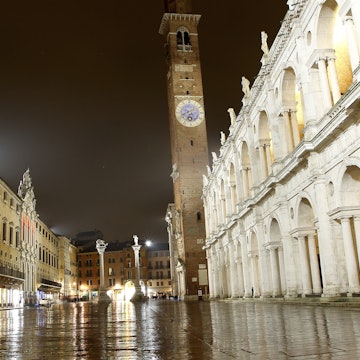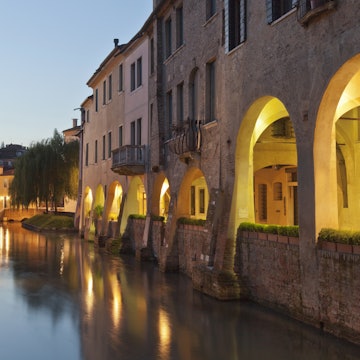
Overview
Most visitors to the Veneto devote all their time to Venice, which is understandable – until you discover the rich variety of experiences that await just an hour or two away.
Meet your new travel partner
Stay connected in The Veneto
Unlimited data while you travel with Holafly eSIM. Use code LONELYPLANET for an exclusive discount.
Must-see attractions
Get a book. Get inspired. Get exploring.
in partnership with getyourguide

























